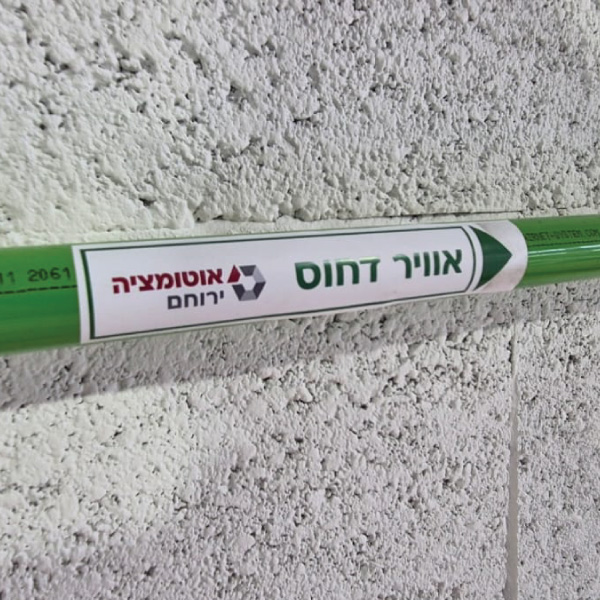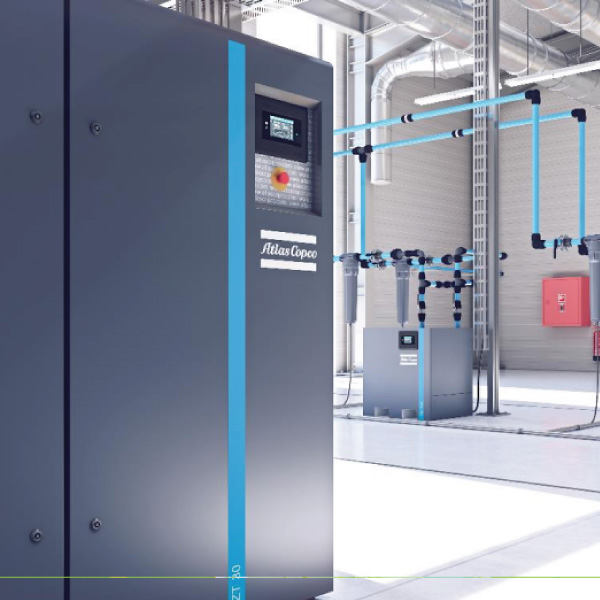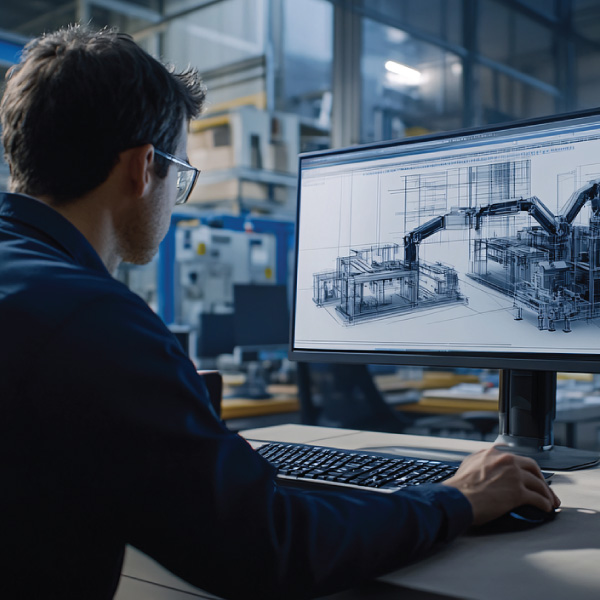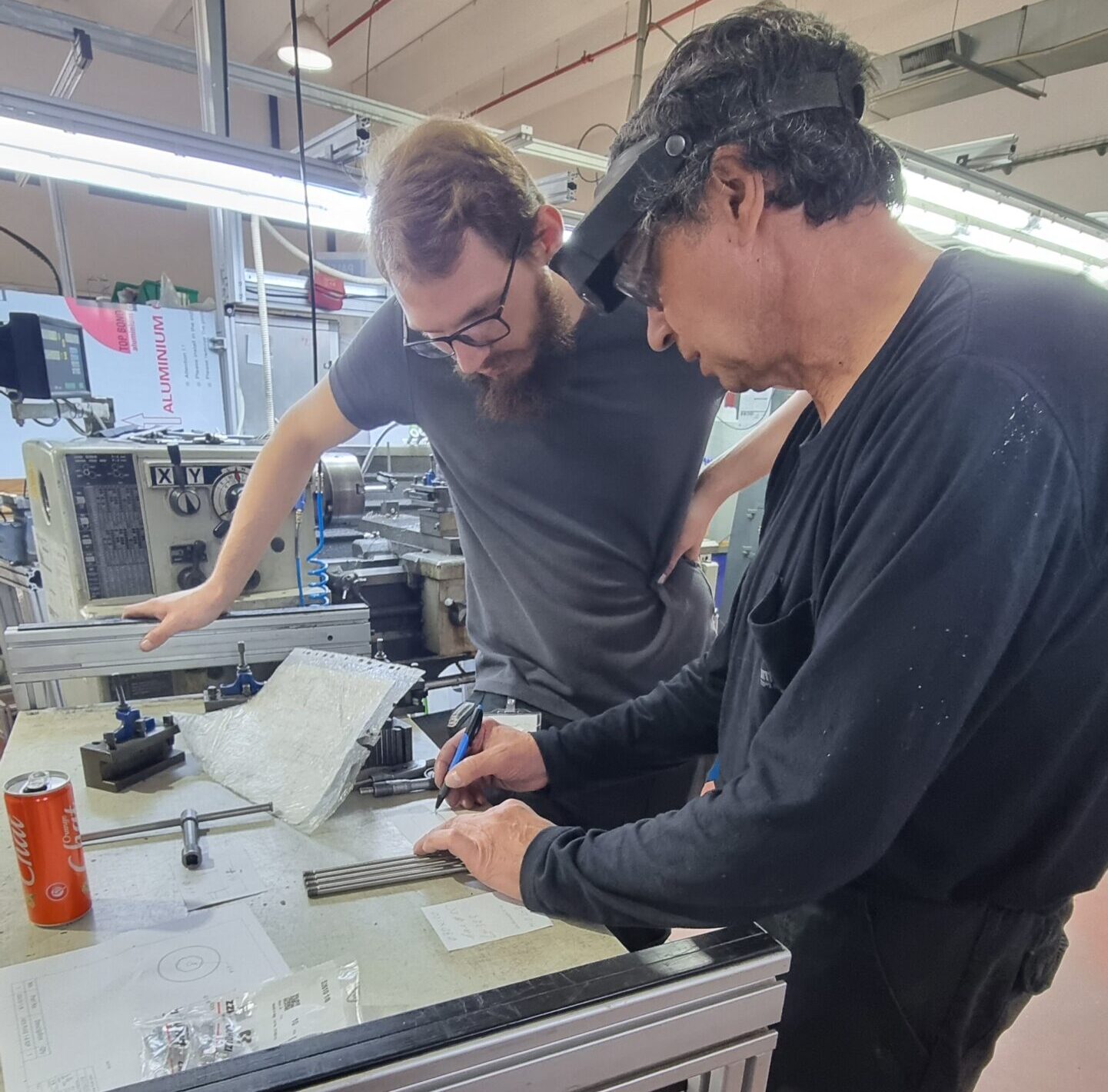In the early decades of industrial compressed air use, most piping systems were made from galvanized steel or copper. These materials were strong, readily available, and relatively inexpensive—but they came with serious drawbacks: corrosion, heavy weight, complex installation, and potential contamination of the compressed air itself. Over time, as factories demanded greater energy efficiency and cleaner, more reliable systems, the search began for lighter and more durable alternatives. By the 1990s, aluminum piping systems gradually entered the market, quickly proving their advantages—corrosion resistance, fast installation, and significantly lower weight. Since then, aluminum piping has become the new standard in modern manufacturing facilities, driven by innovations from companies such as Atlas Copco with their AIRnet system.



Aluminum piping represents a true revolution in how compressed air is distributed throughout a plant. Because aluminum does not rust, it maintains smooth and clean internal walls for decades. The result is unrestricted airflow with minimal resistance and no risk of flaking rust or debris contaminating the line. Older systems required frequent maintenance and periodic flushing to prevent blockages and contamination. In contrast, aluminum systems create an almost “closed” network that ensures a consistent and cleaner air supply—an essential advantage in sensitive industries like food processing, pharmaceuticals, and electronics.
Another major benefit lies in the ease and speed of installation or modification. Thanks to the lightweight nature of aluminum and the use of quick-connect fittings (push-fit), assembly is far simpler—entire networks can often be installed within just a few days, compared to weeks of work with steel or copper. Moreover, these systems are fully modular, allowing for easy expansion, reconfiguration, or connection of new machines without halting production. In an era where operational flexibility defines competitiveness, this is a decisive advantage.
From an energy-efficiency standpoint, aluminum piping also excels. Its smooth interior surfaces and tight, leak-free fittings significantly reduce pressure losses. Even a 1-bar pressure drop can increase compressor energy consumption by around 7%, so maintaining a sealed and efficient system has a direct impact on operational costs. When integrated with smart, controlled compressor systems, aluminum piping can maximize overall efficiency and deliver substantial energy savings over time.
Proper design, however, remains critical to performance. Engineers must carefully determine pipe diameters based on required flow rates and minimize unnecessary bends that increase resistance. Drainage points should be positioned strategically to remove condensate, and flexible supports must be used to accommodate the natural thermal expansion and contraction of aluminum. Although the material is lightweight, it expands more than steel, so accurate spacing and allowance for movement are essential – details that make a significant difference in long-term reliability.
Ultimately, aluminum compressed air piping represents more than just a material upgrade—it symbolizes a shift in industrial thinking. It reflects the move from heavy, maintenance-intensive systems to smarter, cleaner, and more efficient solutions. When properly designed and installed, aluminum piping delivers genuine peace of mind: a reliable, energy-efficient, and durable air distribution system built to perform for many years.




